Aqara Prepare Launch of Next Gen Occupancy Sensor
Smart Home behemoth-in-waiting Aqara is preparing for the release (initially in Mainland China, of course) of its latest sensor device, the Aqara Human Presence Sensor FP1. You might be forgiven for thinking, “oh great, another motion sensor”, but for once we have something completely new coming to the table, as this device doesn’t rely on a PIR sensor you would find in the standard motion detection devices, and certainly doesn’t use any form of pixel-based detection you get in smart cameras. We originally reported on this device during Aqara’s summer presentation, although little details were available at that time. The FP1 uses a technology referred to as mmWave which Wikipedia states thus;
Radio waves in this band have wavelengths from ten to one millimetre, so it is also called the millimetre band and radiation in this band is called millimetre waves, sometimes abbreviated MMW or mmWave.
The result of this is that the sensor is able to detect humans with far more accuracy than a standard PIR (Passive InfraRed) sensor, which relies on measuring infrared light radiating from objects in its field of view. This, according to Aqara’s blurb can truly solve whether there really is someone in the room or not, even when that person is pretty much motionless (i.e. sleeping). Through the use of 60GHz millimetre wave technology, along with a horizontal angle of 120º, and radial detection of real-time dynamics within a 5-metre radius, the homeowner is given a more much accurate picture in terms of occupancy.
With the upcoming release of a refreshed Aqara Home app interface, the FP1 will get different ways to utilize its presence detection capabilities; for example, you get standard presence detection in its simplest form, without specific preconditions, real-time tracking of people or pets in specific locations, motion detection based on direction (i.e. left, right), and even detection based on distance. As this is an Aqara device, it will use Zigbee 3.0 for connectivity, and as such will almost certainly only work with the company’s newer Zigbee 3.0 hubs, although even with the device now listed in the Aqara Home app (set to the China server), it isn’t supported within the app at this time.
You also get options for mapping a region or a room as well as adding objects to the map like TVs sofas and tables etc, if you are aware of specific motion you can’t alter, but don’t need to be informed of at certain times, as well as eliminating specific areas totally, and even different modes, as outlined previously.
The use of the FP1 would in theory ramp up the use-cases for motion detection in areas like bathrooms, where you want to turn off lights when not in use, but don’t want them to turn off if you’re lying motionless in a hot relaxing bath, or in a living room, where there’s potentially a lot more activity, but where lights do need to turn off when the room’s truly not in use, but not when you’re watching a movie with just a couple of mood lights in use.
Looking at the images above, you can see that the same stand design that’s used in the Aqara Camera Hub G2H is deployed here, so mounting on a wall or ceiling is possible, and as is the case with the G2H, there’s a power cable attached to the sensor, which due to the nature of its method of detection, requires power that wouldn’t be sufficient with batteries.
And just like the Aqara G2H, the stand can rotate to give you the best position possible, as well as offering both a magnetic plate to hold the FP in place, which can be screwed into place, or attached with the provided adhesive patch.
As with nearly all Aqara products to date, the FP1 will be HomeKit compatible, although according to the Aqara website, compatibility will not arrive until late January 2022. This doesn’t mean, however, that the sensor can’t be used in the Aqara app once it is supported there, where it will be able to function as intended regardless of HomeKit. The one question remaining is how differently will it work within the restrictions of HomeKit, if at all, as at present, the details on blind detection periods may no longer apply.
The price currently listed in Mainland China is RMB399, which roughly works out at US$63.00, UK£47.00, or €56.00, so not as cheap as their current sensor lineup, and there’s also no word on if or when this will be released internationally, but then this really is a “horse of a different colour” so to speak!
To keep up with all the latest HomeKit news and reviews, subscribe to get news instantly delivered to your inbox. Alternatively, you can follow us on Twitter, Facebook, Instagram, and Reddit!
Thanks in equal part to Mariusz, Stian, and Arthur for all tipping me off at the same time!








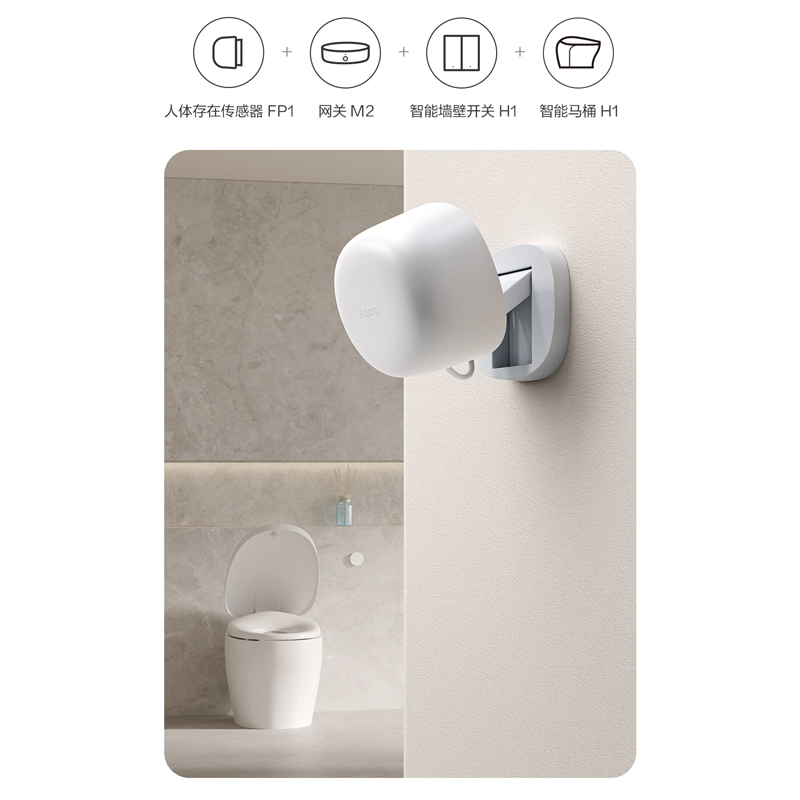
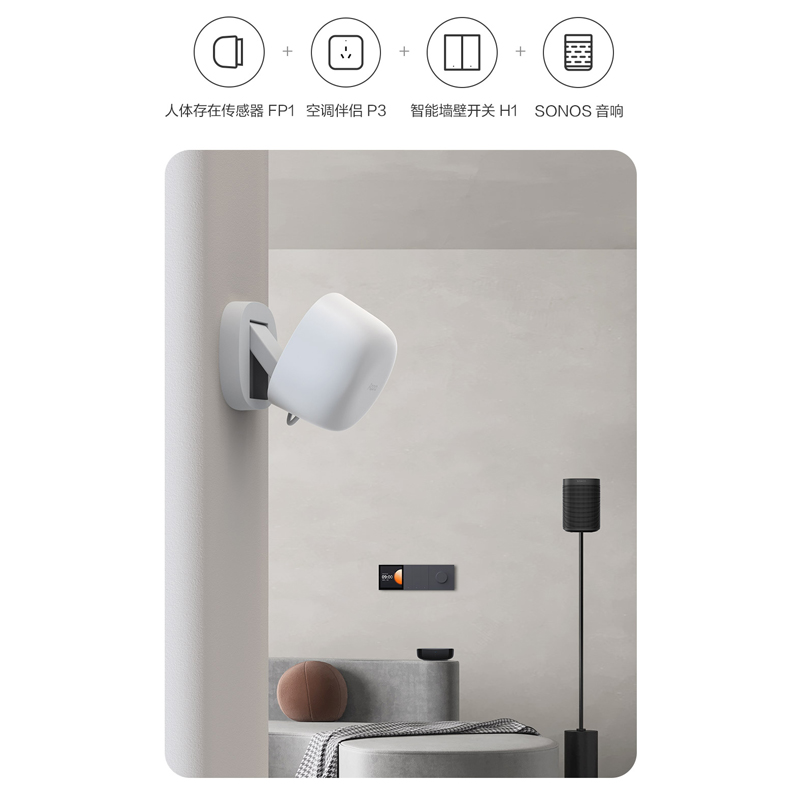
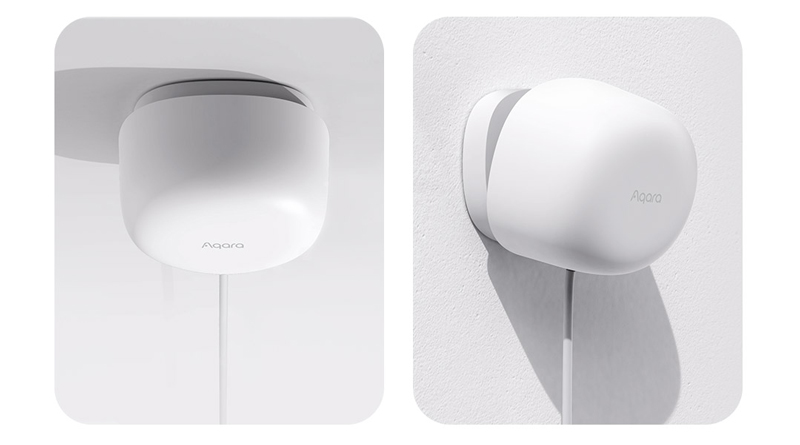
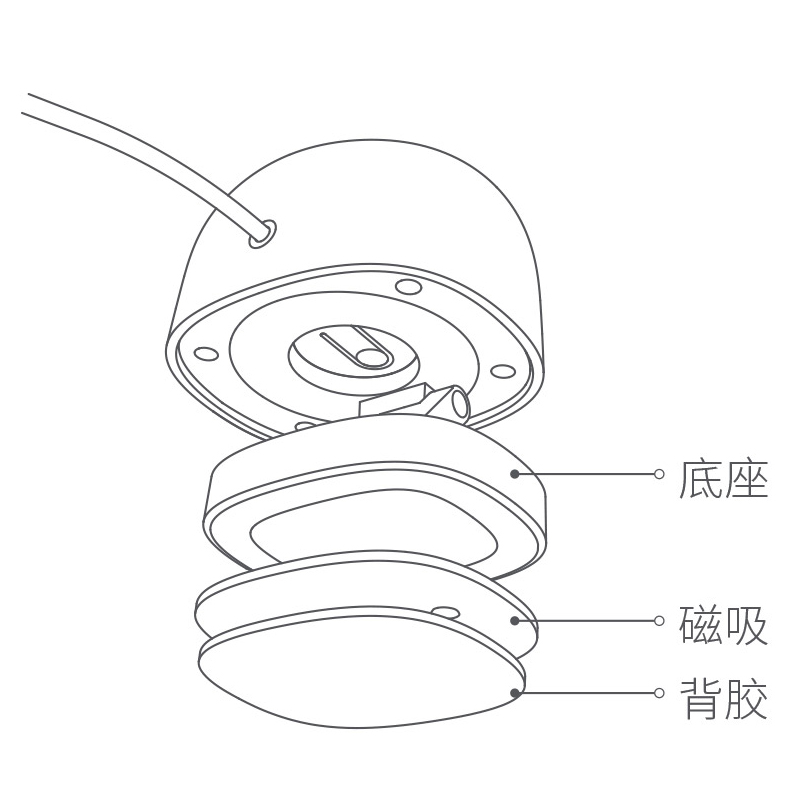


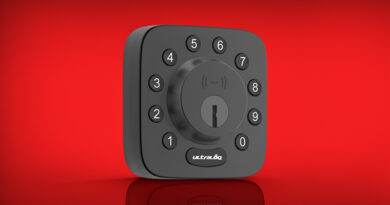
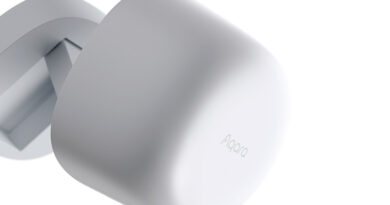
Pingback: Aqara är på gång med sin nya närvarosensor
Pingback: 345: (Na Placu Budowy) Konsorcjum od nazw USB i HDMI to debile | Retro Rocket Network